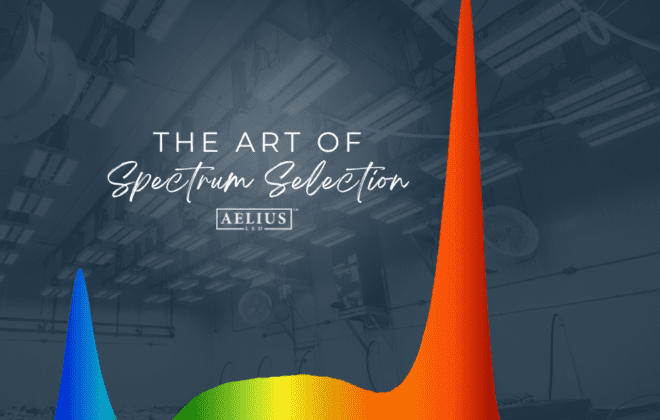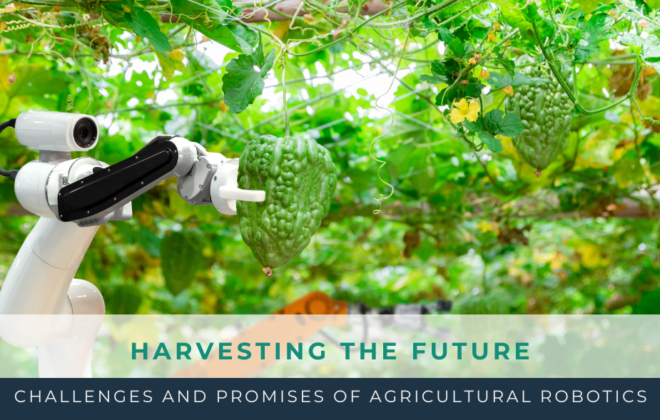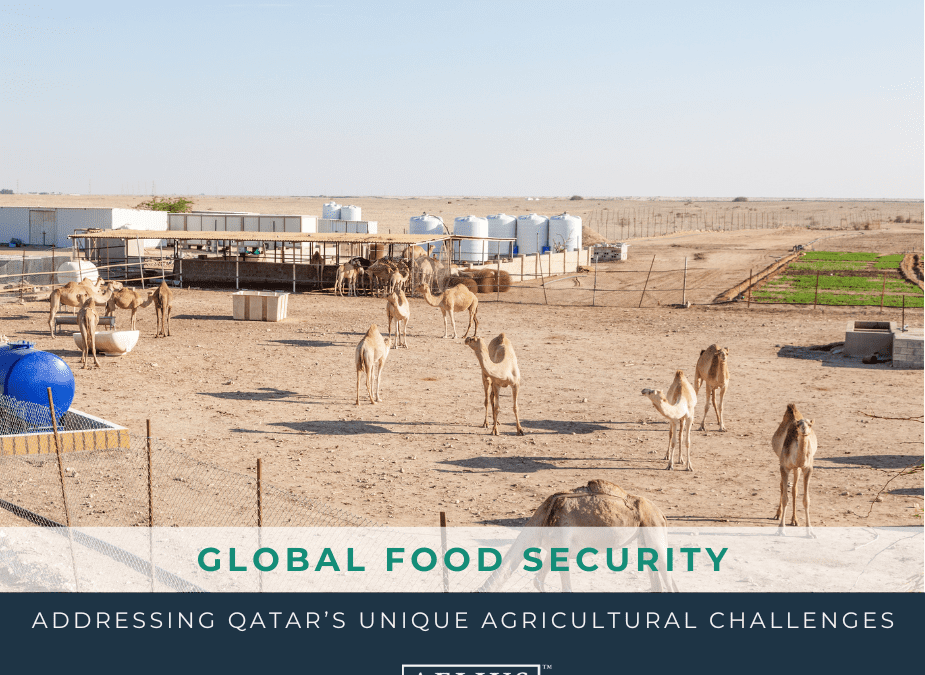
GLOBAL FOOD SECURITY: ADDRESSING QATAR’S UNIQUE AGRICULTURAL CHALLENGES
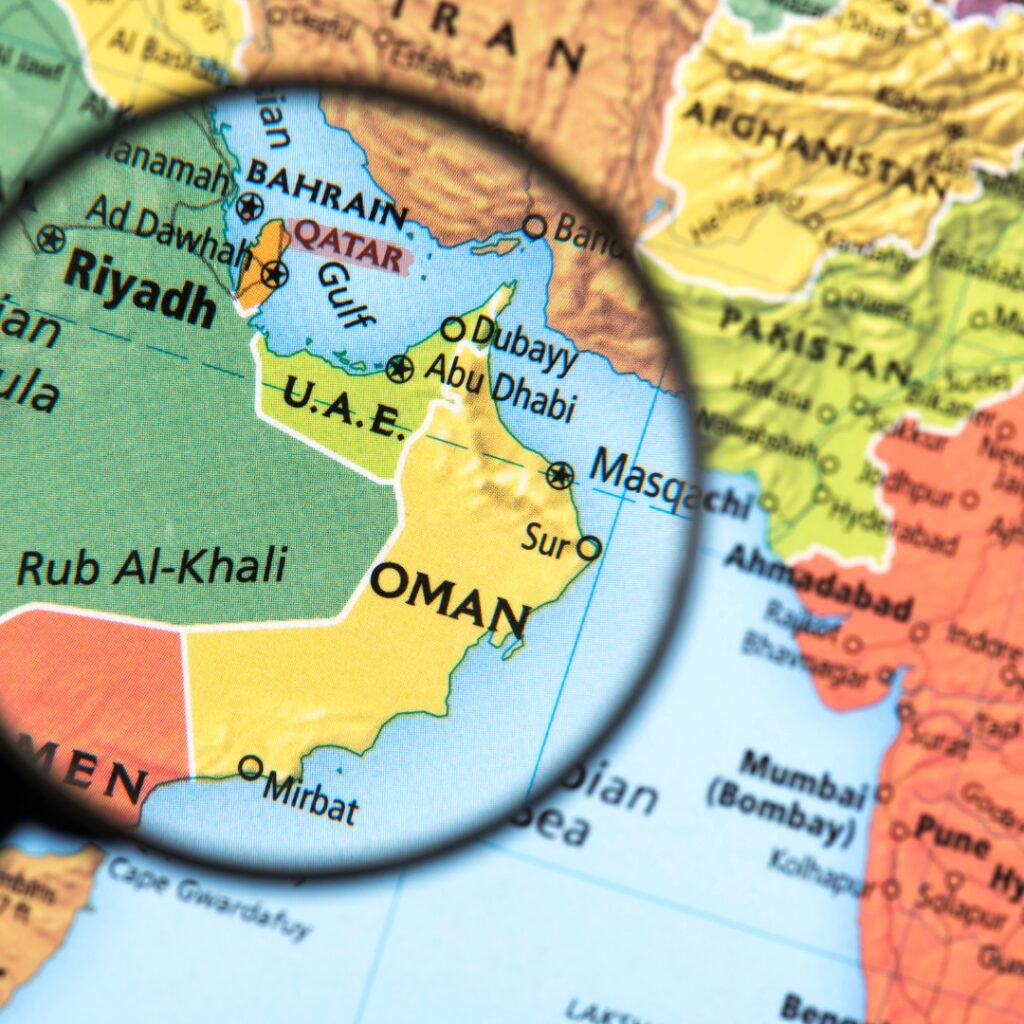
As the global population continuously rises and climate change impacts traditional farming, nations worldwide struggle with unique food security challenges. Today we dive into the unique situation in Qatar. Qatar is a small, yet wealthy nation located on the northeastern coast of the Arabian Peninsula. Its natural gas reserves and large investments in finance, education, and sports sectors shield the current struggles in Qatar. Despite the country’s wealth and innovation, Qatar faces significant challenges in achieving food security. In recent years, Qatar has made strides towards food self-sufficiency, but the country still faces significant obstacles, especially when it comes to fruit and vegetable production. A recent article from the Arab Gulf States Institute in Washington (AGSIW) highlights three major challenges impacting Qatar’s agricultural success: its harsh climate, water scarcity and limited arable land. These issues not only restrict the potential for local farming but also emphasize the need for innovative solutions, like indoor farming, designed to enhance food security.
LIMITED ARABLE LAND
Qatar’s landscape is predominantly flat, with vast stretches of desert covering most of the country. The terrain consists mostly of sand dunes, rocky plains, and some low-lying limestone plateaus, in the north. Qatar’s geographic and environmental conditions have led to an unfavourable environment for food production. With less than 2% of land that can be used to grow food, the country relies heavily on imports to meet its food needs. Qatar’s diplomatic crisis with its neighbours caused some problems for their people since less food was being imported into the country. This crisis made Qatar prioritize food production by strengthening partnerships and boosting investments in domestic agricultural business projects. Despite the progress, the government still needs to overcome significant obstacles like limited available water sources, high costs, and the need for more efficient and sustainable farming techniques to meet demands. Indoor farming can eliminate the need for large tracts of arable land, as they allow for dense, vertical planting arrangements and can operate year-round, reducing dependency on imports and enhancing food security for Qatar.
HARSH CLIMATE AND RISING TEMPERATURES
Qatar is situated in one of the hottest and driest regions in the world, where temperatures can exceed 50 degrees Celsius, or 122 degrees Fahrenheit. Recent studies suggest that the Gulf region is warming almost twice as fast as the global average. Rapid temperature increases can have severe implications for agriculture and overall living conditions, particularly in places like Qatar. Considering the already harsh climate, the effects of rising temperatures will make it even more difficult to make the most of the limited arable land. Controlled environment agriculture offers a promising long-term solution because both workers and crops will be shielded from these harsh temperatures. While energy costs can be high for cooling and lighting, the development of energy-efficient technologies (like LEDs) makes indoor farming a viable, sustainable approach to agriculture in Qatar’s hot and arid environment.
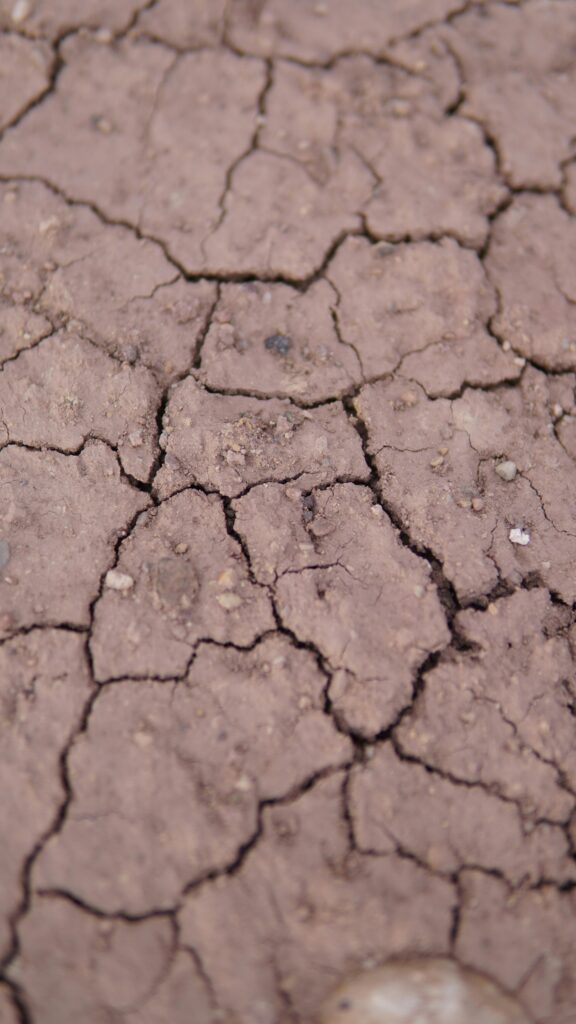
WATER SCARCITY
Qatar faces severe water scarcity due to its arid desert climate, limited natural freshwater resources, and high evaporation rates. With one of the world’s lowest levels of rainfall, Qatar relies heavily on desalination to meet its water needs. However, desalination is energy-intensive, costly, and has environmental impacts, making it unsustainable as the sole solution. This water scarcity presents a significant challenge for agriculture. Despite these challenges, indoor farming has been expanding in Qatar to address food security concerns. Advanced technologies such as hydroponics, aquaponics, and drip irrigation systems have helped reduce water usage by recycling and reusing water within closed systems. While indoor farming can mitigate some of the country’s water-related challenges, high water demand remains a concern, and further innovation is essential to ensure sustainable and efficient production.
THE ROLE OF LED TECHNOLOGY IN QATAR’S AGRICULTURAL FUTURE
LED lighting fixtures plays a crucial role in making indoor farming more efficient and sustainable, especially in regions like Qatar where water scarcity and extreme temperatures are significant challenges. LEDs, especially modern, high PPE fixtures, are highly energy-efficient, consuming far less power than traditional lighting systems. Additionally, LEDs can be customized to emit specific wavelengths of light that are optimal for plant growth, enhancing photosynthesis and promoting faster, healthier crop production. By precisely controlling light spectrums, LED technology allows indoor farmers to create ideal conditions for various stages of plant growth, from germination to flowering and fruit production. This capability not only boosts crop yields but also shortens growth cycles, allowing for multiple harvests per year of desired crops. Moreover, because LEDs generate less heat compared to traditional lighting, they reduce the need for extensive cooling systems, further conserving water and energy. In water-scarce regions like Qatar, where every drop counts, LED lighting supports efficient water use and helps make indoor farming a more viable solution to the country’s food security challenges.
LOOKING AHEAD: A SUSTAINABLE FUTURE FOR QATAR
Qatar’s future food security goals focus on significantly increasing local food production and achieving high levels of self-sufficiency by 2030. Key initiatives include expanding local production of essential foods like vegetables, milk, and poultry. As of recent reports, vegetable production rose from a 24% self-sufficiency rate in 2018 to 41% by 2021; additionally, self-sufficiency in fresh poultry has surpassed 100%.
Qatar has implemented strategies focusing on renewable energy, research, and development to optimize agricultural efficiency despite its arid environment. These strategies are part of Qatar’s National Vision 2030, which emphasizes sustainability and the efficient use of resources. Innovations in greenhouse and indoor farming, combined with government-led incentives for private-sector investment, are expected to drive continued growth in local food production, making Qatar less reliant on imports while securing food supplies for the future
Qatar’s journey toward food security is complex, but with the integration of advanced farming technology like LEDs, and significant investment in farming, there is potential to overcome their challenges with food security.
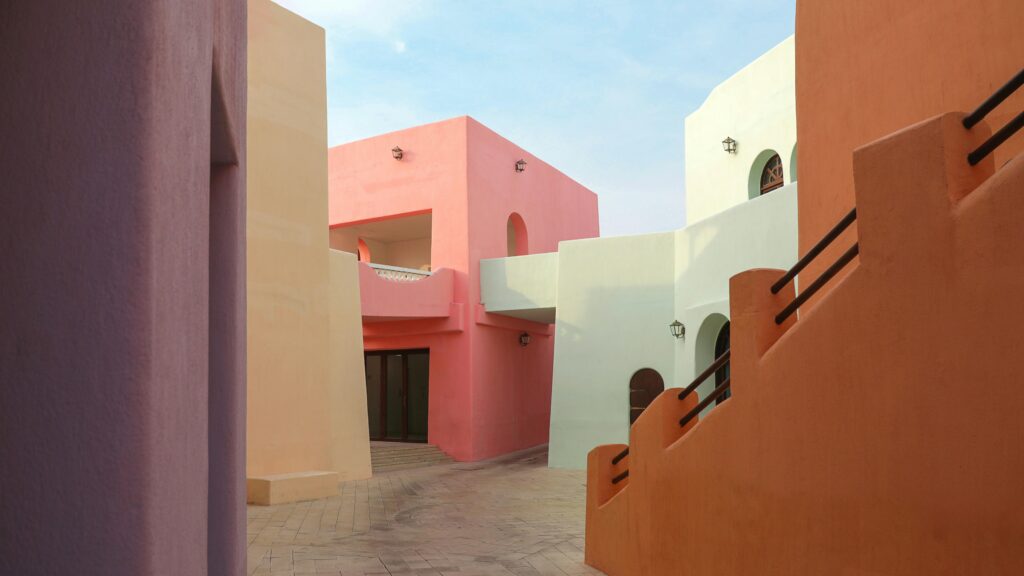
At Aelius LED, we are committed to supporting innovative agricultural practices that can help countries like Qatar achieve their food security goals more sustainably and efficiently. The future of agriculture relies on technology, and we are proud to be at the forefront.


